Mental Preparation for Your First Snowboarding Experience
Chosen theme: Mental Preparation for Your First Snowboarding Experience. Your first day on snow can feel thrilling and intimidating at once, but a steady mind turns wobbly first steps into memorable progress. Here you will learn practical mindset tools, calming rituals, and friendly ways to reframe fear into focused curiosity. Share your hopes and worries in the comments, and subscribe for more beginner-friendly mental tips.
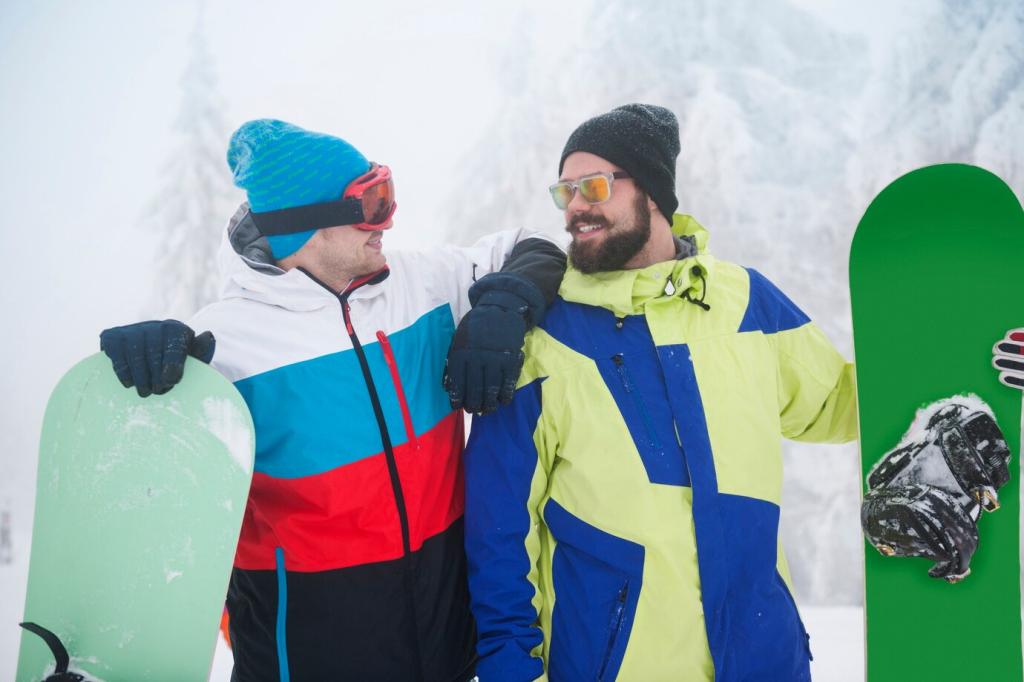
Beginner Mindset: From Pressure to Play
Reframe Expectations Before You Arrive
Decide that today is for discovery, not mastery. You are not auditioning for anything; you are collecting sensations, noticing what helps, and learning basic patterns. This shift softens self-judgment and frees your body to move with less stiffness and more responsiveness.
Adopt the One Percent Progress Rule
Commit to tiny, compounding improvements. One percent better at balance, one percent steadier in turns, one percent calmer in lift lines. Small wins build trust in your coordination and keep motivation alive when conditions, nerves, or fatigue challenge your confidence.
Celebrate Tiny Wins Out Loud
Each time you link two turns, hold a glide, or recover balance, acknowledge it. Say it to yourself, share it with a friend, or write it in your phone notes. Noticing progress trains your brain to seek more, reinforcing learning pathways and confidence.
Visualizing Your First Runs

Close your eyes and picture gliding with soft knees, weight centered, and eyes forward. Imagine the board tracking smoothly as you guide with hips and shoulders. Add sensory details like crisp air, muted edges, and the quiet hum beneath your feet.
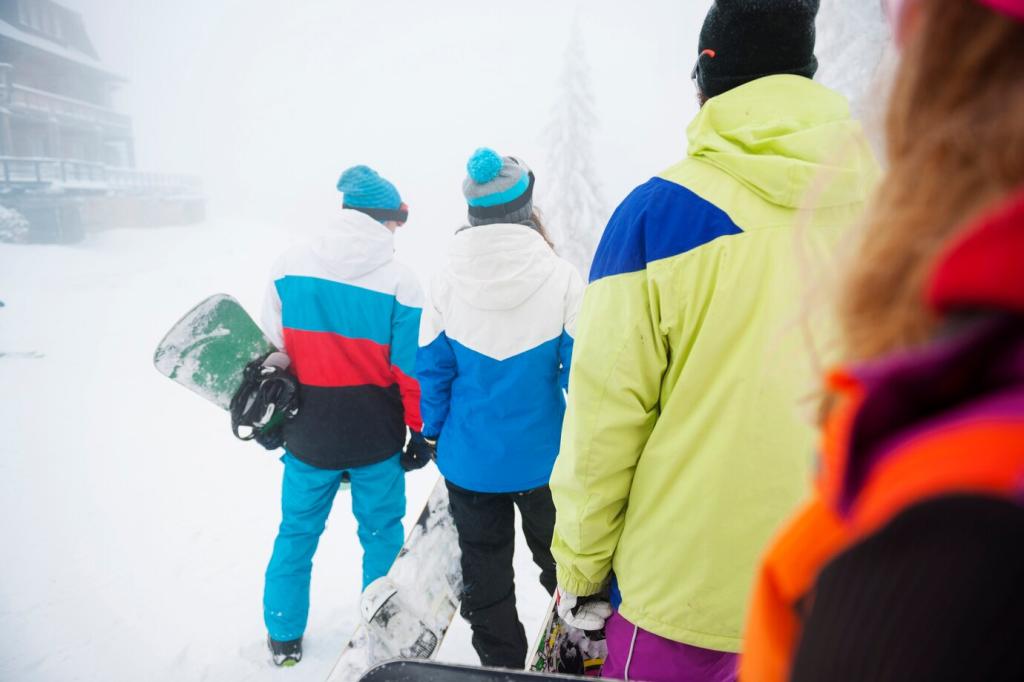
Name the Fear to Tame the Fear
Put words to what feels scary: speed, falling, lifts, or looking inexperienced. Labeling the fear reduces its intensity and gives you a specific plan to address. Naming turns a foggy dread into a manageable challenge with practical steps.
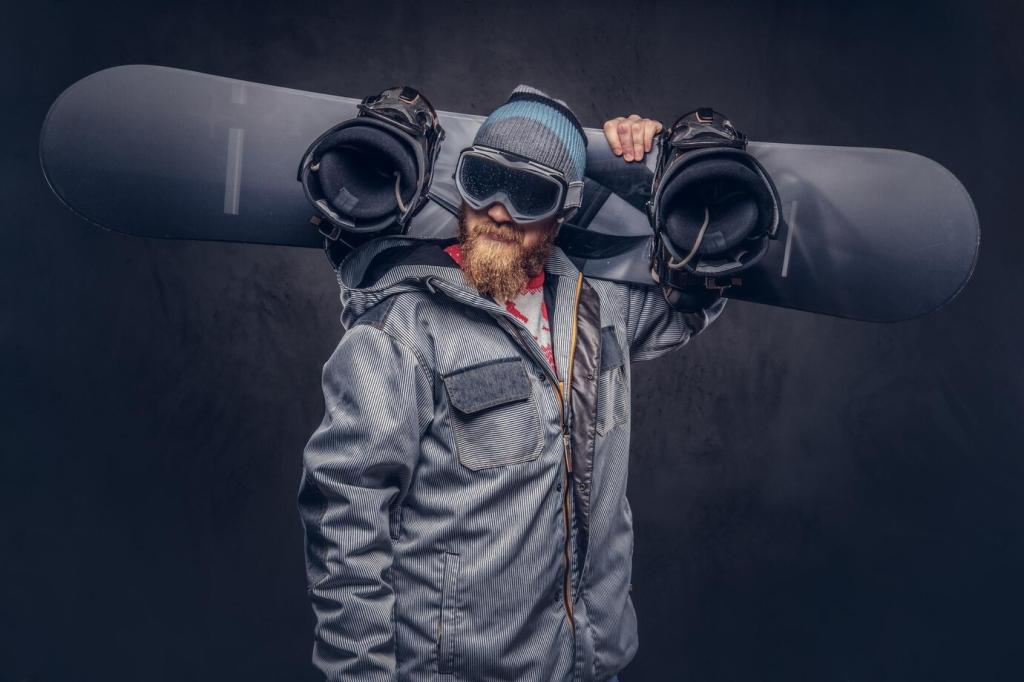
Calming Breath You Can Use Anywhere
Try box breathing: inhale for four counts, hold for four, exhale for four, hold for four. Repeat quietly in the lift line or before a run. This steadies heart rate, refocuses attention, and restores control when excitement spikes.

Reappraise Nerves as Fuel
Tell yourself that the fluttery feeling means energy is available for balance and awareness. Shift the story from danger to readiness. This mental reframing turns jitters into helpful alertness, keeping reactions quick and movements coordinated.
Falling Smart and Rising Strong
Bend knees, keep arms in, and try to land on forearms or hips rather than reaching straight back with hands. Protect your wrists and head. Repeating this script creates a reliable response that replaces panic with practical safety.
Falling Smart and Rising Strong
Brush snow off, take one slow breath, scan your body, and smile. Say, I am learning. This quick ritual prevents spirals of frustration and keeps you mentally available for the very next turn, which often becomes your best of the day.
Falling Smart and Rising Strong
Maya froze at the top after two awkward falls. She paused, breathed, repeated soft knees, and aimed for a tiny glide. One successful slide later, her shoulders dropped and laughter returned. Share your reset ritual idea, and inspire another beginner.

One Cue Per Run
Choose a single focus for each attempt, like look where you want to go or gentle edge changes. Too many cues overload the brain. One clear intention keeps you coordinated and prevents the stiff, choppy motions that come from overthinking.

Stoplight Check-Ins
Green means calm and curious, yellow means tense but workable, red means overwhelmed and ready to pause. Notice your state, then adjust pace, terrain, or breath. Self-awareness guides smart choices that keep learning both safe and satisfying.
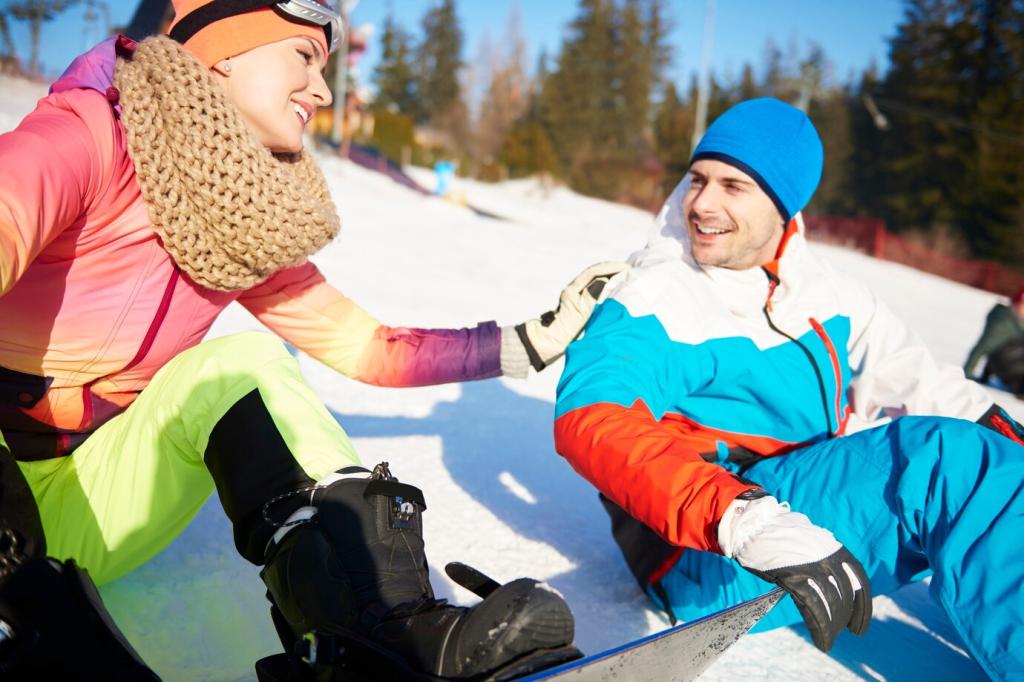
Set an outcome goal, like riding the beginner slope comfortably; process goals, like practicing safe stops; and a feeling goal, like staying curious. These layers ensure progress feels tangible, even when conditions or energy shift during the day.
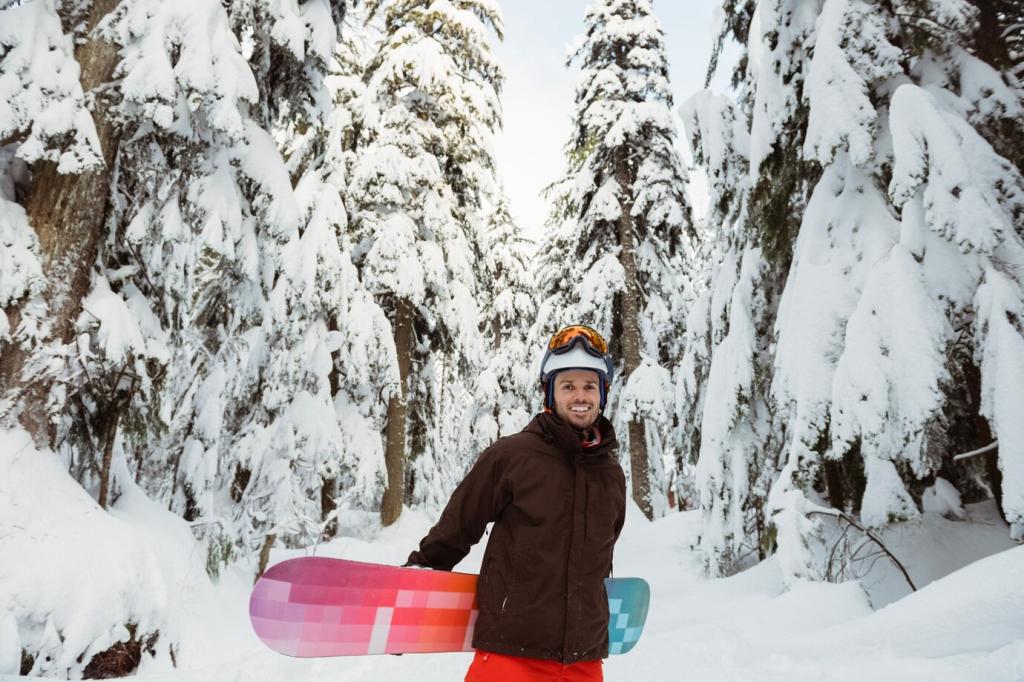
Replace harsh judgments with useful prompts: soften knees, breathe, try again, notice what worked. Encouraging language lowers tension and improves body awareness. The kinder your inner coach, the faster your body integrates new patterns.

Write three wins, one lesson, and one intention for next time. This short reflection consolidates learning and keeps motivation warm overnight. Share your reflection in the comments, and subscribe to receive printable prompts for your next session.

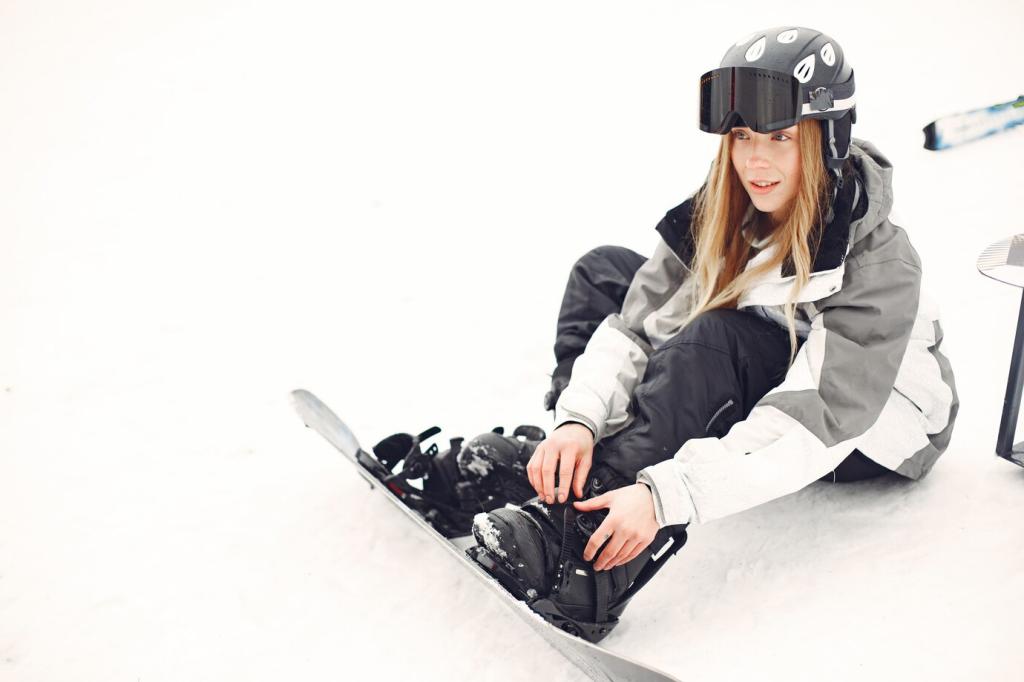
Support, Coaching, and Community
A certified instructor teaches safe stance, efficient stops, and simple turning patterns tailored to your body. Guidance prevents stubborn habits and accelerates confidence. Investing in the first hour can save weeks of guessing and frustration.
Support, Coaching, and Community
Share goals, encourage breaks, and film quick clips for feedback. Learning beside someone normalizes mistakes and doubles the joy of small improvements. Post your location and availability, and connect with another new rider starting this season.
